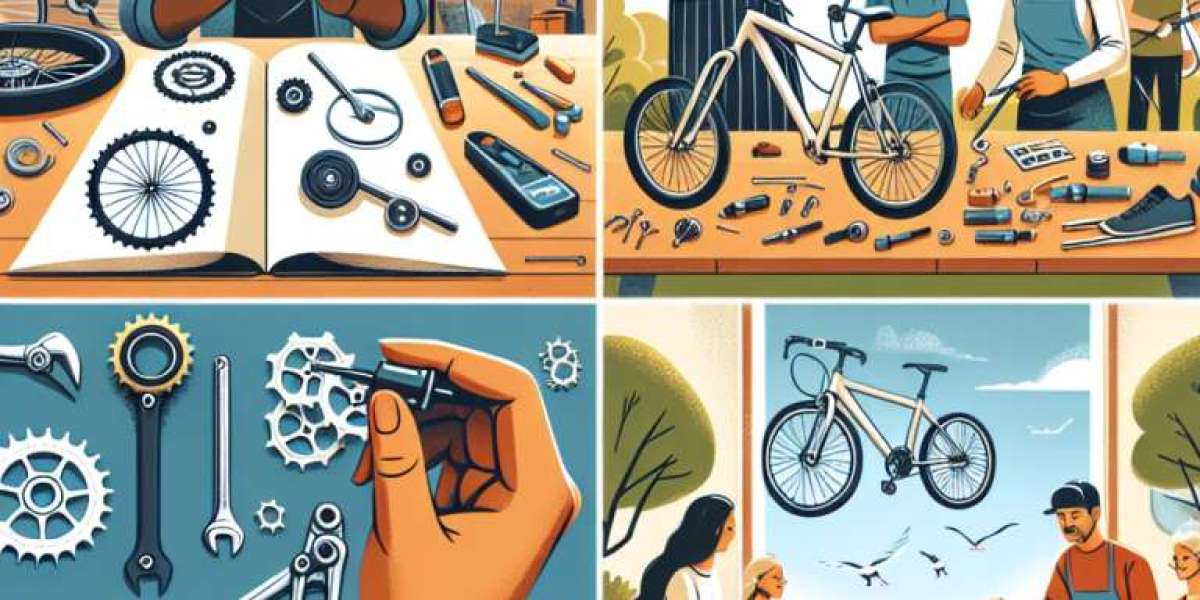In the crowded world of streetwear, where trends move at the speed of a swipe and individuality is often lost in mass production, Madhappy stands apart. Not just as a clothing brand, but as a cultural movement. It’s rare to find a label that’s not only redefining the aesthetics of modern fashion but also reshaping the conversation around mental health. Madhappy is doing both—gracefully, unapologetically, and in style.
The Origin Story: More Than Just a Brand
Madhappy was born in 2017 out of a shared vision between four friends: Peiman Raf, his brother Noah Raf, and their friends Joshua Sitt and Mason Spector. What began as a passion project in Los Angeles soon gained traction as something much bigger—a brand that fused emotional vulnerability with cultural cool. At its core, Madhappy wasn’t simply trying to sell hoodies or tees. It was trying to start a conversation.
The name itself is intentionally paradoxical—“Madhappy” captures the highs and lows of the human emotional spectrum. It's not about pretending to be happy all the time; it’s about embracing the full range of what it means to be human. The founders, all of whom had personal experiences with mental health struggles, understood this duality deeply. They wanted to create something authentic—something that made people feel seen.
And clearly, people were ready. In an age dominated by curated perfection on social media, Madhappy’s raw honesty felt like a breath of fresh air. The brand quickly became a beacon for Gen Z and Millennials craving meaning behind the material.
Streetwear With Substance
Madhappy's aesthetic is clean, cozy, and effortlessly cool. Think oversized silhouettes, pastel palettes, collegiate fonts, and comforting cottons. But behind every hoodie lies something deeper. Every collection is designed not just to look good, but to say something. Whether it’s a collaboration with the NBA, a capsule inspired by the cities they pop up in, or their signature "Local Optimist" collection, Madhappy pieces often come with embedded messages that promote positivity, resilience, and self-awareness.
What really sets them apart is their commitment to intention over hype. While most streetwear brands chase exclusivity, Madhappy chases impact. Every drop is thoughtfully curated and often tied to broader themes—whether it’s seasonal moods, mental health awareness campaigns, or city-specific cultural explorations.
This approach hasn’t just won them fans. It’s won them loyalty. In an industry notorious for fickle followings, Madhappy has managed to cultivate a community—a real one. And it’s largely because of how much heart they put into the clothes and the conversations around them.
The Local Optimist: A Symbol of Hope
If there’s one phrase that’s become synonymous with Madhappy, it’s “Local Optimist.” It started as a slogan but quickly evolved into a movement. The term is now emblazoned across sweatshirts, hats, stickers, and even store windows. It represents a simple yet powerful idea: that optimism begins on a personal level, but its ripple effects can be global.
The Local Optimist is more than a piece of merch—it’s a mindset. It’s about waking up and choosing hope, even when the world feels heavy. And in Madhappy’s hands, optimism isn’t naïve or sugarcoated; it’s real and rooted in the belief that change—both personal and collective—is possible.
They’ve even launched a platform, The Local Optimist, dedicated entirely to mental health education and storytelling. Through articles, interviews, resources, and community highlights, it functions as a digital safe space—a place to engage with topics that are often taboo, especially for younger audiences.
Mental Health at the Forefront
Where other brands might treat mental health as a trend, Madhappy Hoodie has made it their mission. Since day one, they've been relentless in normalizing conversations around mental wellbeing. They don’t just talk the talk; they walk it.
From donating a portion of proceeds to mental health organizations, to offering free guided meditations, to creating pop-up spaces where people can journal or speak to therapists, the brand is constantly finding new ways to integrate purpose into its platform.
In 2022, Madhappy launched the Madhappy Foundation, a non-profit arm focused on improving mental health access and awareness worldwide. Through research funding, community events, and global partnerships, the foundation is working to turn awareness into action.
This kind of initiative is still rare in the fashion world—an industry not exactly known for its emotional transparency. Yet Madhappy has shown that brands don’t have to choose between style and substance. They can have both.
Pop-Ups That Feel Like Therapy Sessions
Madhappy’s retail experiences are something else entirely. They’re not just stores—they're sanctuaries. Each pop-up is curated to feel immersive, comforting, and emotionally resonant. You might find meditation zones, mental health libraries, or walls covered in notes from strangers sharing what they’re going through.
Their city-specific pop-ups—held everywhere from Aspen to New York to Miami—aren’t just about moving inventory. They’re about building connections. The brand often tailors each space to reflect the mood and energy of the local culture, creating a sense of belonging that transcends commerce.
And it works. These spaces don’t just attract shoppers—they attract people seeking a sense of peace. In a world where fast fashion reigns supreme, Madhappy has slowed things down, and people are lining up for it.
Collaborations That Matter
Madhappy has also been incredibly selective and strategic with their partnerships. Instead of mass-producing hype-based collaborations, they team up with brands and institutions that align with their values.
One standout was their NBA collaboration, which brought together sports culture and emotional wellness. Through limited-edition team-specific gear and curated content, they explored the intersection of masculinity, mental health, and athleticism—challenging old stigmas in the process.
Other partnerships, such as those with Columbia Sportswear and Beats by Dre, have allowed Madhappy to expand their storytelling while staying true to their mission. Even their luxury collab with Celine managed to retain the heart of the brand, proving that even high fashion has a place in the mental health dialogue.
A Brand Built for the Long Run
The streetwear scene has seen its fair share of flash-in-the-pan brands—those that blow up on Instagram, sell out in minutes, and then fade into obscurity. Madhappy isn’t one of them. What they’re building is long-term. Sustainable. Emotional. Cultural.
They’ve carved out a niche that no one else quite occupies. By marrying comfort-driven design with emotionally intelligent branding, they’ve created a blueprint for what the future of fashion could look like—one that cares not just about what you wear, but how you feel wearing it.
And that feeling? It’s rare. You don’t just walk away from Madhappy with a hoodie. You walk away with something that lingers—a quote, a moment, a reminder to be kinder to yourself.
Why Madhappy Matters Now More Than Ever
We’re living in a time of unprecedented anxiety. From the lingering effects of a global pandemic to economic instability and social unrest, the world feels more uncertain than ever. And while mental health is finally being talked about more openly, there’s still a long way to go.
That’s where brands like Madhappy come in—not as solutions, but as catalysts. They’re helping bridge the gap between awareness and action, between aesthetics and authenticity. They’re showing that fashion doesn’t have to be superficial. It can be soulful.
Madhappy reminds us that being vulnerable is brave. That optimism is rebellious. That even in the darkest seasons, we can choose to hope—and look good doing it.
The Future Is Emotionally Intelligent
Looking ahead, Madhappy Tracksuit potential is enormous. As mental health continues to dominate cultural conversations, the demand for emotionally intelligent design will only grow. And Madhappy is uniquely positioned to lead that charge.
But beyond the hype, the real power of Madhappy lies in its community. In the people who wear its clothes not just as fashion statements, but as emotional armor. In the thousands who write messages on pop-up walls. In the quiet revolution it’s sparked—one hoodie, one conversation, one vulnerable moment at a time.


